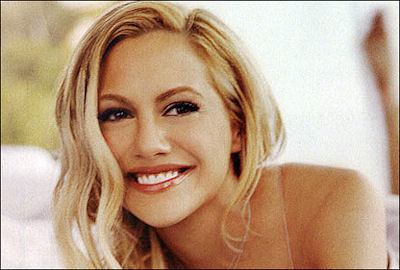As I pointed out in my 12.11 piece called “Not Right-Wing Friendly,” And The Winner Is blogger Scott Feinberg has stated in a 12.20 posting that “there is a strong political undertone to Avatar, both in words and images.” Feinberg doesn’t give it a name (Avatar is ardently left-leaning) but he does a fine job of describing the currents.
“I have little doubt that the film’s central conflict is actually a metaphor for America’s two ongoing wars in the Middle East,” he writes. “The humans plan to invade Pandora in order to gain access its large reserves of a precious mineral called unobtainium — not unlike Americans invading Iraq in order to gain access to its large reserves of oil, as some believe was the real motive for the invasion.
“The humans are led by a strutting, tough-talking colonel (Stephen Lang) who sells his mission to his troops by stating, ‘Our survival relies on pre-emptive action,’ announces, ‘We will fight terror with terror,’ and then oversees a ‘shock-and-awe campaign’ — not unlike George W. Bush and his effort to rally Americans behind a preemptive attack on Iraq by claiming that Iraq posed ‘a grave and growing danger’ to national security, followed by… a shock-and-awe campaign.’
“The native Na’vi eventually realize that although they lack the military might of their invaders, their familiarity with the terrain on which the war is being fought provides them with an even bigger advantage, allowing them to plan and execute insurgent attacks that initially debilitate and ultimately defeat their invaders — which sounds like a rearticulation of the argument for why the Americans (like Alexander the Great, the Russians, and the British before them) will never be able to win in Afghanistan.
“Finally, one can’t help but look at the attack on and eventual collapse of Pandora’s Hometree, its tallest structure and one inhabited by large numbers of its people, and not think of the attack on and eventual collapse of the World Trade Center, especially as it thunders to the ground, killing many of its inhabitants and people on the ground, spraying dust and debris everywhere as those on the ground flee for their lives on foot, and leaving its survivors in a state of shock, then grief, then anger, and then a desire for retribution — through this turn of events, we come to identify more with the Na’vi than with the humans of the future, which is why we find ourselves cheering the Na’vi’s efforts to retaliate.”
The way I put it: “The political import of Avatar is pro-indigenous native, anti-corporate, anti-imperialist, anti-U.S. Iraq War effort, anti-U.S.-in-Afghanistan (and anti-troop-surge-in-that-country, or strongly against the thinking of President Barack Obama and Gen. Stanley McChrystal). It’s a political tract that cost Rupert Murdoch God knows how many hundreds of millions to make and yet is totally pro-loincloth, despise-the-greedy, hug-the-earth, down with the soulless short-end, down with the us-first, masters-of-the-universe thinking behind the Goldman Sachs/Timothy Geithner culture and up with the eternal/spiritual in all cultures and all corners of the globe. The tragedy of the Vietnam War echoes all through this film. Somewhere Ho Chi Minh is smiling.”




